The Bengaluru girl decided to do her internship at a studio in Auroville — the experimental township in Tamil Nadu that is a world in itself, promoting pillars of ecology and spirituality.
It was a chance internship at Auroville, Pondicherry, which transformed Soumya’s ideas on sustainable fashion as a student, eventually leading to her launching an eco-friendly fashion brand Hibiscus Heroes, in 2020.
In 2002, Sowmya, then a student at NIFT (National Institute of Fashion Technology), was required to intern as part of the programme. She knew she wanted to use this time to explore her love for textiles and natural fabrics. But she didn’t know that this internship would shape the rest of her life in the years to come.
The Bengaluru girl decided to do her internship at a studio in Auroville — the experimental township in Tamil Nadu that is a world in itself, promoting pillars of ecology and spirituality.
“Stumbling upon the town of Auroville was the best thing that’s ever happened to me. I fell in love with the project and was inspired by the city. There was an immediate connection,” she recalls in a conversation with The Professional Times
Sowmya’s 20-year-long journey in the fashion industry has culminated in a sustainable fashion brand Hibiscus Heroes, launched in 2020. Today, the brand is changing the norms of fashion and going a long way to prove that style does not need to be detrimental to the planet.
Fateful love affair with Auroville
Following her internship, Sowmya returned to Bengaluru for her final year of graduation. But something felt different.
The four months I’d spent in Auroville overwhelmed me due to the way in which the town functioned. We’re speaking of a time when sustainable practices were still revolutionary. But Auroville had already adopted these in areas of healthcare, education, architecture and more. I resonated with these practices and it became clear to me that this was a place I could call ‘home’ someday.
she notes
With this thought in mind, Sowmya returned to Auroville after graduation and began helping out in the schools and farms in the town, living a very different life than that in the city. As fate would have it she even met her husband here. Life seemed too good to be true.
“But there was a part of me that still felt the need to go out into the world and find my skillset as a designer,” she says, adding that after three years of this life, she moved with her husband to Amsterdam where she spent more than a decade working with the globally acclaimed fashion brand Tommy Hilfiger. But being at the peak of her corporate career and travelling the world opened her eyes to how fast fashion was damaging the planet.
So in 2013, when Sowmya got an opportunity to work remotely, she returned to South India, where she now took a different approach to fashion.
“I began travelling to factories in South India and Sri Lanka where our products were produced. Here, I got a deeper understanding of the production processes and the kind of water pollution fashion was causing. Creatively I was inspired but socially I was in a bit of a debate,” she says.
In 2016, Sowmya knew she needed to do things differently and quit her corporate job. This time, she says she just knew Auroville was where she belonged.
Fashion that’s sustainable
Settling down in Auroville in 2017, Sowmya says she wasn’t in a rush to create something, but first wanted to immerse herself in the process of sustainable fashion and its intricacies.
The final push came one day in the form of a trip that I was making through the ghats near Erode in South India. Passing the Kaveri River had me witness a shocking sight — the scale at which the water was being abused was intense, and it would take a while to recover. It sent a chill down my spine. I wondered, if people were wearing clothes since time immemorial, how did they find a way to be in sync with nature?
She shares
As Sowmya began reading up and speaking to people in the sustainable fashion space, she understood that natural dyes and plant-based materials were the keys to sustainable fashion.
“It became clear that if I wanted to create a brand of my own there were boxes that needed to be ticked — my products needed to be clean in terms of the raw materials they used and the production processes needed to be eco-friendly.”
Through the months that followed, she began to delve deeper into the areas of natural dyes and plant-based colours and with a storehouse of ideas Hibiscus Heroes — a plant-based vegan clothing brand was ready to be launched in 2020.
Elaborating on the brand, Sowmya says, “While our clothes are made with handloom cotton, and this is sustainable if everybody only uses cotton it creates an imbalance in nature. So I started exploring alternatives for silk and leather and soon arrived upon cellulose wood-based fabrics like lyocell and models,” she notes.
But this posed a challenge when it came to working with artisans, says Sowmya, as the artisans in Andhra Pradesh, Tamil Nadu and Bengal were sceptical about using these novel fabrics since the recipes would need to change.
“But with every experiment, we got closer to our goal and got our colour palettes right,” she says.
Through her association with artisans, Sowmya recounts how she uncovered so many learnings.
“They use what is locally available around them in abundance and in fact, a learning that has been passed down through generations is that they should use wild plants that are rain-fed, instead of plants that are meant for food.”
She adds that while plant-based dyes are wonderful, they bring along a few challenges. “When you work with natural products, there is always a surprise involved. Whatever you see the first time around does not necessarily mean it will be the same the second time as the pigment in the leaf changes depending on if the monsoon is late or early.”
While earlier these things used to leave her flabbergasted, she now welcomes them and asks her customers to celebrate too.

As part of Hibiscus Heroes natural dyes, there is wedelia plant (green colour), annatto seeds (yellow colour), karungali plant (grey colour), palash flowers (pink colour), clitoria flowers (blue colour) and madder roots (plum colour). Today, Hibiscus Heroes is managed by a small team of 5 and receives around 175 orders each month.
she adds
So, as Sowmya looks back on the colourful journey she has had through the various phases of fashion that the world has seen, she says she feels they are doing something right.



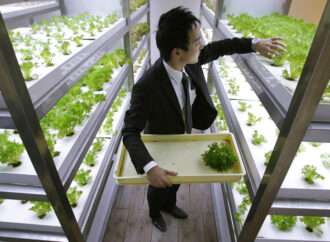
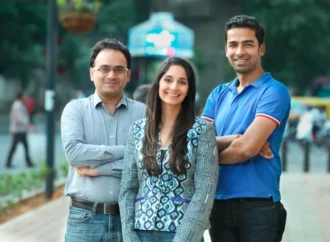
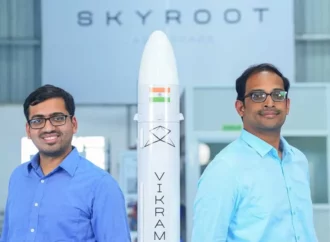

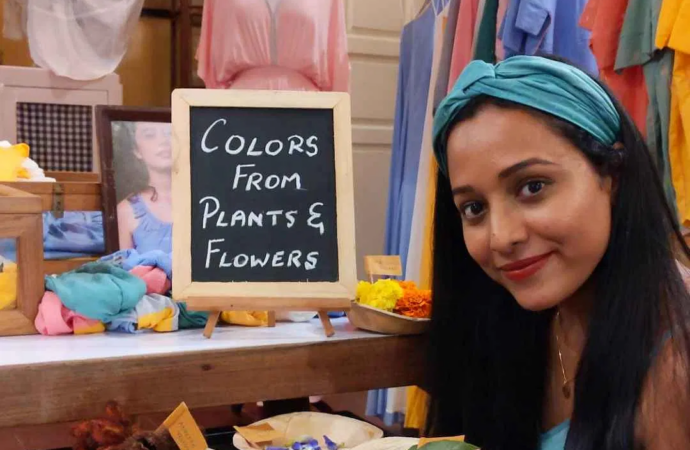
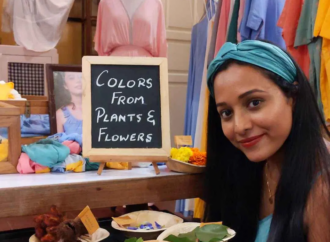

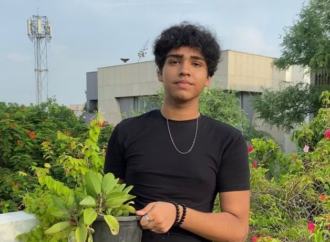


















Leave a Comment
Your email address will not be published. Required fields are marked with *